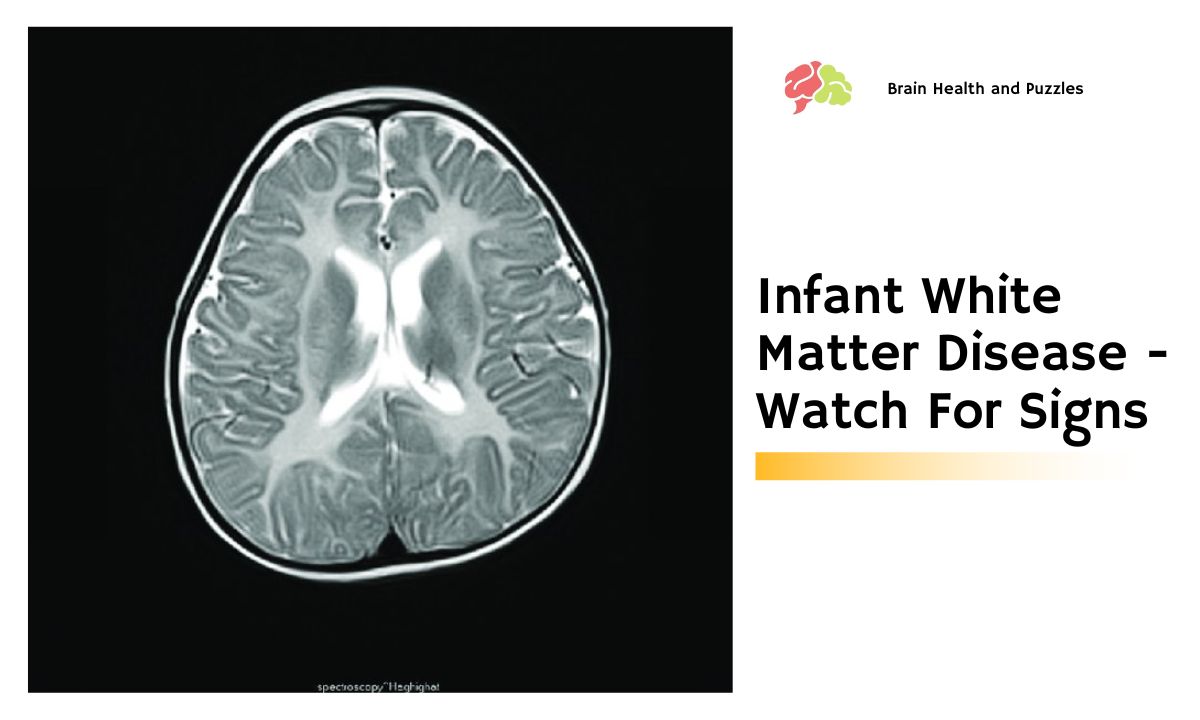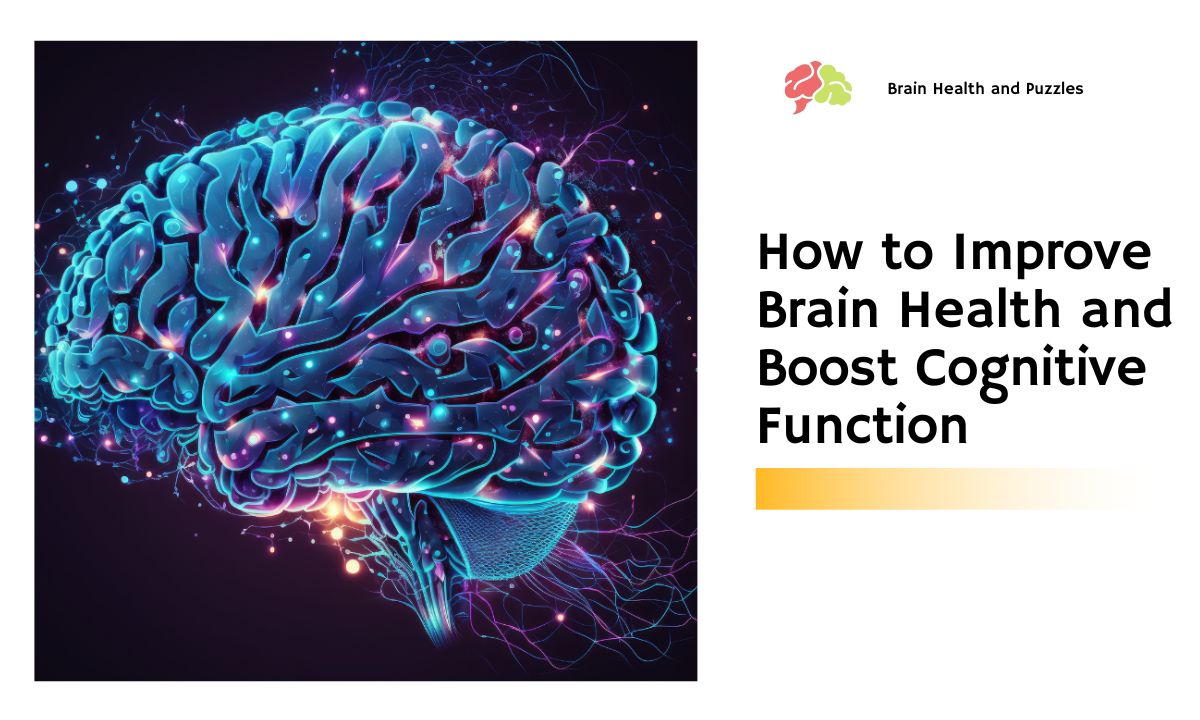Infant White Matter Disease – Watch For Signs

If you’re unfamiliar with this disease, it’s probably because it’s a fairly rare disorder. It’s a disease that affects babies’ postnatal brain development. It’s a relatively unknown and not often studied affliction but we hope to shed some light on this disorder to help you recognize the symptoms and understand what’s happening.
Currently, it’s not quite understood how it occurs or why. People in the same family have had a noticeably higher rate of the disease but not high enough to consider it a hereditary condition. The cause is still under study. However, infant white matter disease as its name suggests attacks the myelin of the brain, the fatty white substance that sheaths the neural fibers of the brain and gives the ‘white matter’ its color.
The Different Kinds Of Infant White Matter Disease
Infant white matter disease, like heart disease, comes in different forms. Alexander Disease is a form that causes demyelination in a baby’s forming brain. Demyelination occurs when the myelin does not form and is not present in the brain. Krabbe Disease is yet another form. It causes dysmyelination, where the myelin is present but does not form properly.
General Symptoms
Although there are different disorders that fall under infant white matter disease there are some general symptoms that you can look out for. First, infants with these disorders do not grow and gain weight as they should. This, though, could be a symptom for many diseases and should be investigated. Also, if infants do not develop as you would expect, this could be a sign.
For instance, if they do not keep up physically, or their mental responses are weak, and their behavior lags behind that of their peers. This may be hard to detect for first-time parents so when in doubt ask other experienced parents what milestones to expect from your baby. Other signs of your baby possibly suffering from white matter disease include seizures and enlarged or swollen heads.
CT scans might not be effective in detecting symptoms at least in the early stages of the disease. When white matter disease might be first suspected, a CT scan may show little or no difference from ordinary brain scans. At this stage, the diagnosis is still unclear. Later CT scans of suspected infants with the disease show a difference in their white matter that is definitely much more apparent.
It has become much less dense and may be absent. Even later CT scans show that the infant’s white matter has atrophied, or wasted away in the infant’s brain. It is possible that infants reach this stage quite rapidly, infants as young as 1 month of age have shown these signs of atrophy.
Infant white matter disease is an important subject for research. We don’t know everything there is to know about this group of diseases. But research is continually being conducted and more answers are coming. In the meantime, if you suspect that your child may be suffering from a form of this disease it doesn’t hurt to ask your doctor.



